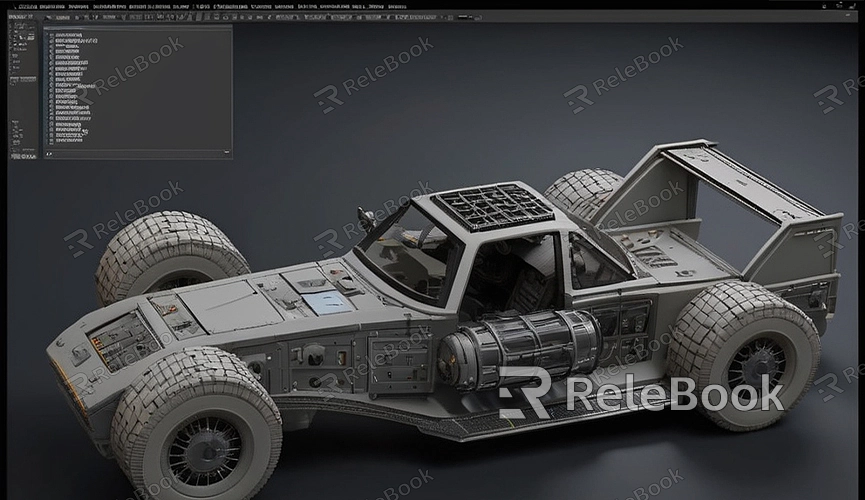How to make a good render in blender
In 3D design and production, rendering is a crucial step that brings life and realism to your work. Blender, as a powerful open-source 3D modeling and animation software, is highly acclaimed for its rendering capabilities. So, how can you create high-quality renders in Blender? This article will introduce you to some key techniques and steps.
1. Choose the Rendering Engine
Firstly, you need to decide which rendering engine to use. Blender offers several different rendering engines, such as Cycles and EEVEE. Cycles is suitable for high-quality photorealistic rendering, while EEVEE is more geared towards real-time rendering and interactive production. Choosing the right rendering engine according to your needs and project requirements is crucial.

2. Optimize the Model
Before rendering, ensure that your model has a good topology and no unnecessary details or excessive polygons. Proper model optimization can improve rendering speed and reduce unnecessary issues during rendering.
3. Set Up Materials and Textures
Adding appropriate materials and textures to your model is a key step in creating high-quality renders. In Blender, you can use the node editor to adjust material properties and add various textures and maps downloaded from Relebook. Carefully tweaking the parameters of materials and textures can make your work look more realistic and detailed.
4. Lighting Setup
Adequate and appropriate lighting is one of the key factors in creating high-quality renders. In Blender, you can use different types of lights such as point lights, spotlights, and ambient lights. Properly setting the position, intensity, and color of lights can make your scene more vivid and layered.
5. Adjust Camera Settings
Camera settings directly affect the perspective and effects of the rendering results. In Blender, you can adjust parameters such as the position, rotation, and focal length of the camera to achieve the best rendering effects. At the same time, setting up depth of field and focus properly can make your rendering work more appealing.
6. Rendering Settings
Before rendering, it's essential to set up rendering parameters including resolution, sampling, ray tracing depth, etc. Properly setting these parameters can improve rendering efficiency and save rendering time while ensuring rendering quality.
7. Post-Processing
After rendering is complete, you can further enhance the rendering effects through post-processing. This includes adjusting parameters such as tone, contrast, exposure, adding post-effects, and filters, etc. Blender comes with a rich set of post-processing tools that allow you to complete most of the post-processing work within the software.
Creating high-quality renders requires technical skills, experience, and patience. By properly setting up materials, lighting, camera, and rendering parameters, along with some post-processing techniques, you can create impressive rendering works in Blender. If you need high-quality 3D textures, HDRI, or 3D model downloads while creating models and virtual scenes, you can download them directly from Relebook and import the textures and 3D models into your project for immediate use.

